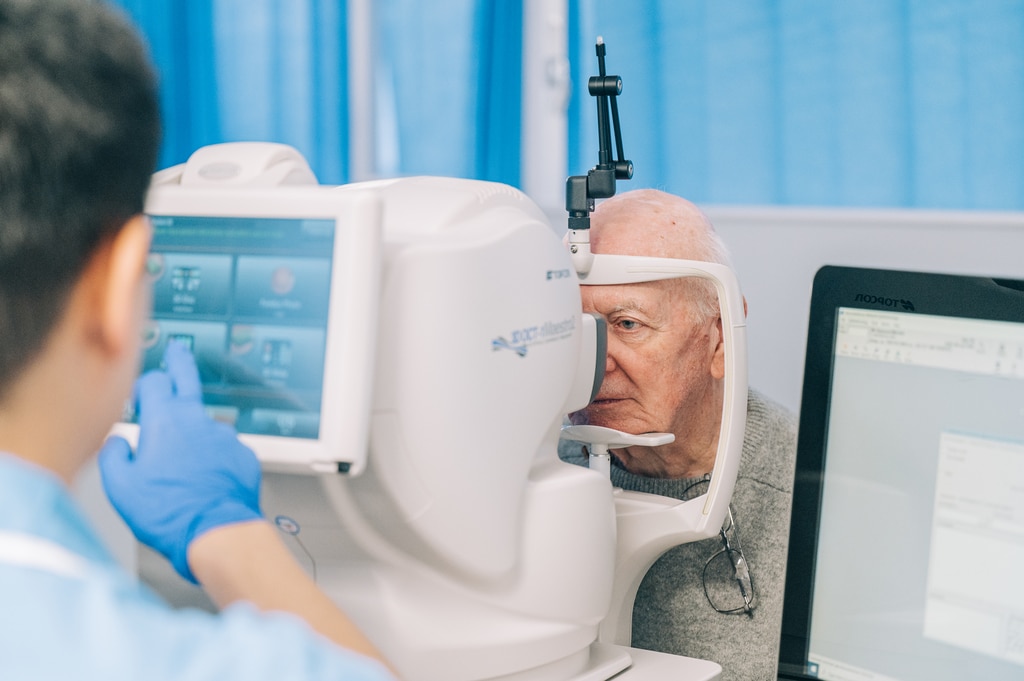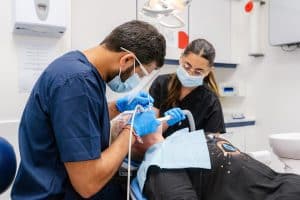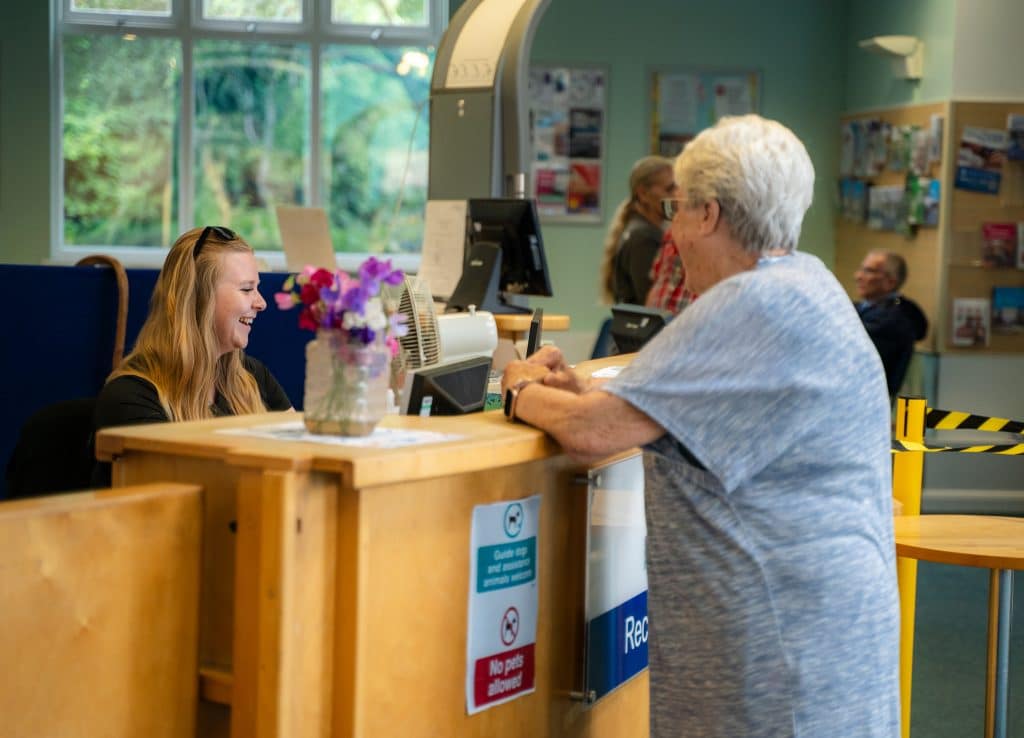Why it’s important
What we can do
How we'll measure progress
Why it’s important
We know that many people want to receive care closer to home. Services within the community help to support people to live independently, improve quality of life and reduce inequalities.
Primary care and community services are essential elements of a high-quality and cost-effective health system. However, we know that primary and community care is experiencing many challenges such as demand and capacity, workforce and estates. There is a growing level of same-day demand, with more cases of severe or complex conditions, which has impacted continuity of care.
We are working to increase capacity in community and primary care so that people can get the care they need locally at the right time. By addressing health issues early on and supporting people to leave hospital as soon as they are medically well enough, it can reduce the burden on our local hospitals.
In addition to general practice, our pharmacy, optometry and dental services are critical to improving health outcomes and the promotion of good health for the residents of Bristol, North Somerset and South Gloucestershire, including:
- Further promotion of community pharmacy in being a key access and delivery partner across a wide range of preventative care.
- Embedding eye care and health in both local and system services.
- The promotion of good oral health, particularly for children.
- Better access to NHS dentistry.

What we can do
- Building on existing work with neighbourhoods and locality partnerships, the NHS, councils and voluntary organisations will all work very closely with communities to ensure services reflect local need and preferences.
- Continue to support the development of Pharmacy First within community pharmacy. This means people with minor illness or common conditions can be seen by their local community pharmacist without seeing a GP.
- Support recruitment and retention for wider primary care roles including pharmacists, allied health professionals and non-clinical staff.
- Implement our Oral Health and Dental Strategy, which seeks to increase oral health promotion, improve access, reduce inequalities, increase recruitment and retain the workforce.
- Support more people where it’s appropriate to be discharged from hospital to regain their independence at home, rather than in a community bed.
- Prioritise the development of community services and activities that maintain good health and provide more proactive health and care support.
- Provide activities that help to connect people with nature such as Nordic walking, cold water swimming and gardening.
- Continue to develop our support to optimise identification and management of cardiovascular disease.
Pharmacist Ade Williams discussing the Pharmacy First scheme in Bristol, North Somerset and South Gloucestershire.
How we’ll measure progress
- Make it easier for people to contact a GP practice, including supporting general practice to ensure that everyone who needs an appointment with their GP practice gets one within two weeks and those who contact their practice urgently are assessed the same or next day according to clinical need.
- Continue to increase the number of Pharmacy First referrals.
- Recover dental activity, improving units of dental activity (UDAs).
- Reduce the amount of time that people wait for support to recover or regain their independence after a hospital stay.
- Improve management of hypertension, with a particular focus on the African and Caribbean community.
This page provides an overview. To read about our plans in detail, take a look at the full Joint Forward Plan 2025 to 2030.
Joint Forward Plan 2025 to 2030Strategic Commitments
Outcomes Framework
The Strategic Commitments and Outcomes Framework tick boxes show a brief summary of how different areas of work contribute to our wider strategic aims and outcomes.
Outcomes framework – We use a system outcomes framework to measure our progress. Each outcome has linked indicators designed to monitor our progress and link it back to our strategic objectives.
Strategic commitments – These are the nine commitments we made in our Integrated Care System Strategy to transform our services.



